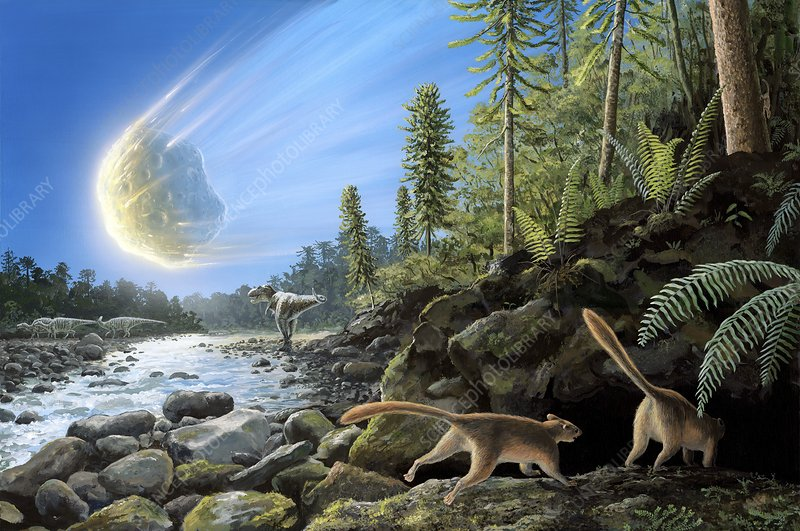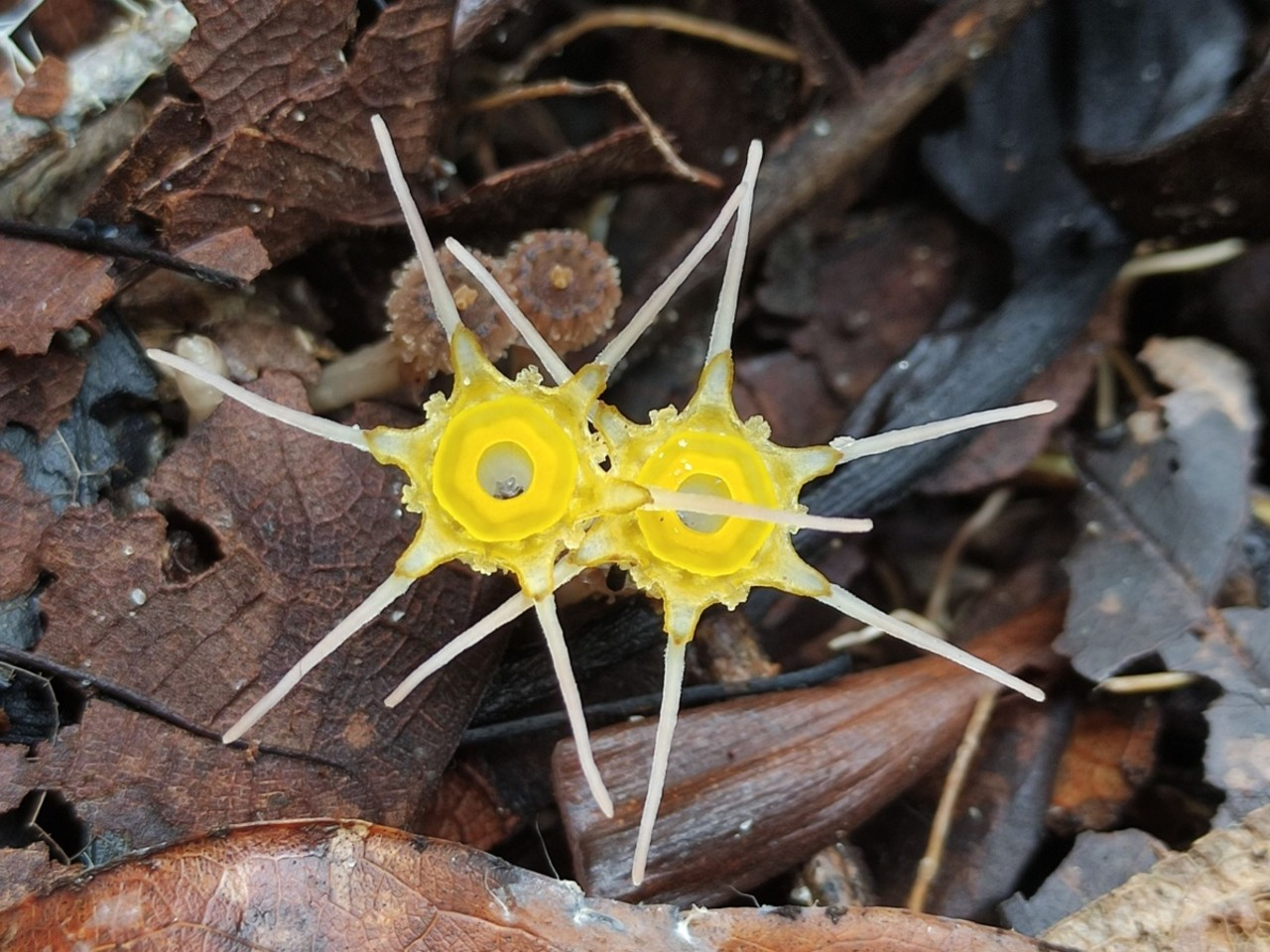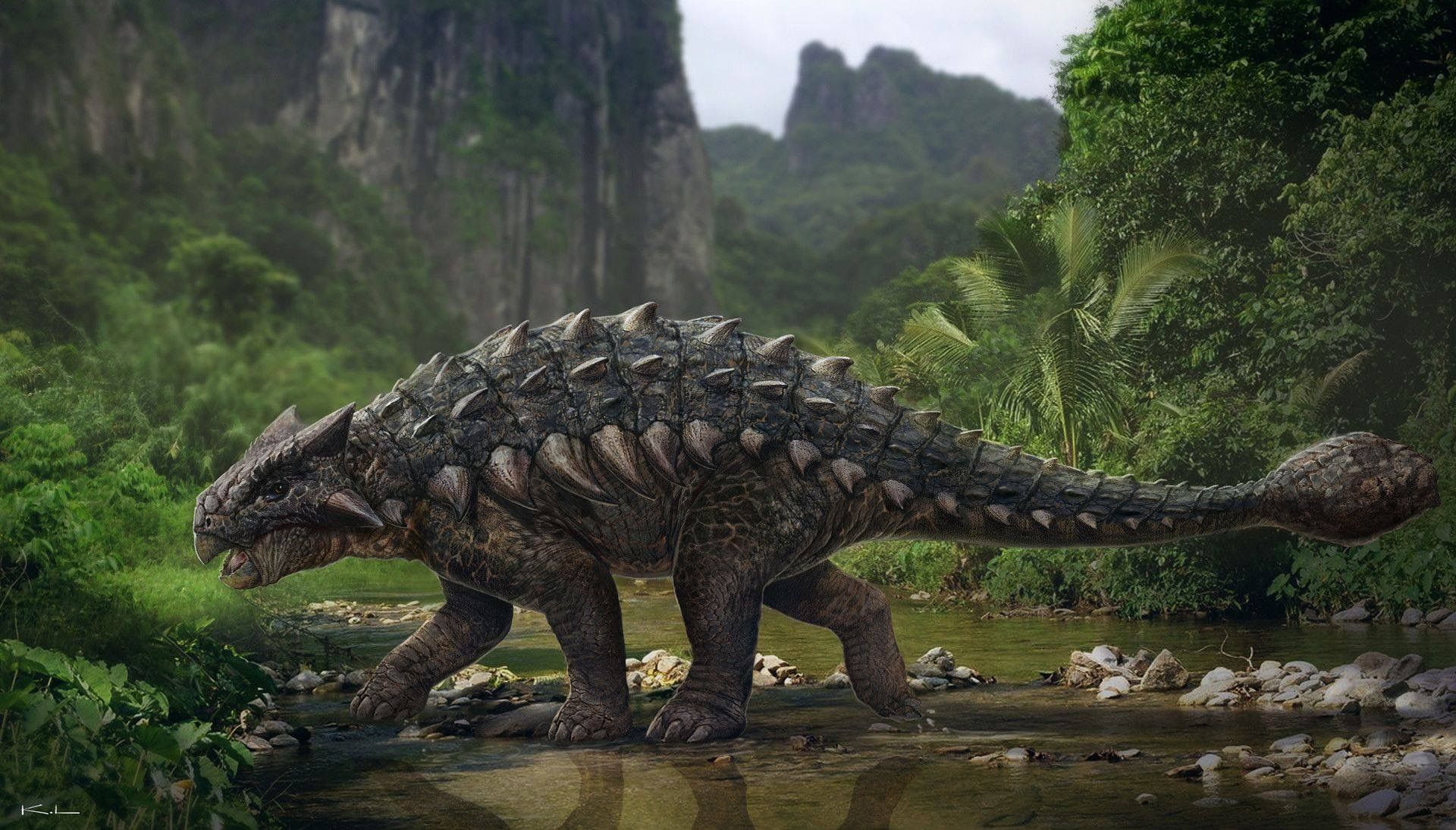The end-Cretaceous extinction stands as one of the most pivotal events in Earth’s history, largely driven by a catastrophic asteroid impact around 66 million years ago, which decimated non-avian dinosaurs. This cataclysmic event not only reshaped the Earth’s biodiversity but also opened the door for mammal evolution, paving the way for the rich diversity we see today. Fossil evidence from the Cretaceous period reveals that many mammals were adapting from arboreal to terrestrial lifestyles, crucial for survival in the changing environment post-impact. Recent paleontology findings highlight the significant role of these adaptations in determining which mammal species thrived in the aftermath of this mass extinction. As flowering plants also began to flourish, the terrestrial ecosystem evolved dramatically, creating new habitats that benefited certain mammals over others.
The Cretaceous mass extinction, often referred to as the K-Pg extinction event, represents a critical turning point in the annals of life on Earth. Marked by the demise of the dinosaurs and the subsequent evolution of mammals, this era showcases the dramatic shifts that can occur following planetary upheaval. The asteroid strike that triggered this extinction reshaped not just the landscape but also influenced mammal evolution and diverse adaptations in terrestrial mammals. As researchers dive into paleontological evidence, the exploration of how these early mammals transitioned from living in trees to adopting a ground-based existence sheds light on survival mechanisms during extreme environmental changes. This transformative phase highlights the increasing complexity of terrestrial ecosystems, setting the stage for future mammalian development.
Understanding the End-Cretaceous Extinction
The end-Cretaceous extinction marks one of the most pivotal moments in Earth’s geological history, occurring approximately 66 million years ago. This catastrophic event is primarily attributed to an asteroid impact that caused dramatic changes in the climate and environment. The sudden extinction of the non-avian dinosaurs is believed to have opened up ecological niches that facilitated the evolution and diversification of mammals. As scientists continue to examine the fossil record, the effects of this extinction event become more evident, shedding light on the resilience and adaptability of life on Earth.
Paleontological findings related to the end-Cretaceous extinction provide insights into how drastically life transformed during this period. The extinction scenario didn’t merely wipe out species; it established a new framework for which surviving life forms could flourish. Mammals, previously small and relatively unremarkable, began to evolve into a myriad of forms, occupying ecological roles left vacant by the dinosaurs. This adaptation was critical, as it laid the groundwork for the eventual dominance of mammals in subsequent epochs.
The Role of Asteroid Impact in Mammal Evolution
The asteroid impact that contributed to the end-Cretaceous extinction significantly influenced mammal evolution. Researchers have theorized that the dramatic changes in habitat and climate post-impact created new survival challenges for all species. This turmoil pushed certain groups of mammals to adapt, leading to a diversification of species that could exploit the newly available resources. Emerging evidence from fossil records suggests that these mammals were not only surviving but thriving in the aftermath, showcasing a remarkable capacity for resilience and adaptation.
Studies focusing on mammal remains from the late Cretaceous and early Paleogene highlight how this adaptability was critical for survival. Arboreal mammals began transitioning to terrestrial lifestyles, finding new methods of locomotion and foraging to better navigate a changing environment. This shift not only exemplifies evolutionary plasticity but also showcases how crises can galvanize innovation among living organisms, setting the stage for the emergence of diverse mammalian species in the aftermath of the extinction.
Frequently Asked Questions
What caused the end-Cretaceous extinction, and when did it occur?
The end-Cretaceous extinction, occurring approximately 66 million years ago, is largely believed to have been triggered by an asteroid impact. This catastrophic event led to the extinction of all non-avian dinosaurs and significantly impacted the evolution of terrestrial mammals.
How did the end-Cretaceous extinction influence mammal evolution?
Following the end-Cretaceous extinction, mammals diversified into thousands of unique species. The extinction event created ecological niches that allowed mammals, particularly those transitioning to a terrestrial lifestyle, to thrive and evolve, significantly shaping mammalian evolution.
What role did tree-dwelling mammals play during the end-Cretaceous extinction?
Research indicates that many tree-dwelling mammals were in the process of adapting to a terrestrial lifestyle prior to the end-Cretaceous extinction. This behavioral shift may have influenced which mammal species successfully survived the asteroid impact.
How did habitat changes at the end of the Cretaceous period affect mammals?
At the end of the Cretaceous period, significant changes in plant life, particularly with the rise of flowering plants, created more diverse habitats. These changes forced tree-dwelling mammals to adapt to terrestrial environments, which may have been crucial for their survival during the end-Cretaceous extinction.
What insights have paleontology findings provided regarding the end-Cretaceous extinction?
Paleontology findings, including studies of fossilized mammal bones, suggest that therian mammals (those that give birth to live young) were increasingly becoming terrestrial just before the end-Cretaceous extinction. This adaptation likely played a significant role in determining which species survived the cataclysmic asteroid impact.
How did the end-Cretaceous extinction affect mammal survival rates?
The end-Cretaceous extinction resulted in differential survival rates among mammals. Terrestrial mammals showed better survival rates compared to arboreal types, with studies indicating that tree-dwelling marsupials faced higher extinction levels following the asteroid strike.
What evidence supports the transition of mammals to a terrestrial lifestyle before the end-Cretaceous extinction?
Recent studies of fossilized bone fragments from the late Cretaceous and early Paleogene periods provide evidence that many therian mammals were shifting from arboreal to terrestrial lifestyles. This adaptation indicates a response to changing environmental conditions prior to the end-Cretaceous extinction.
In what ways did the end-Cretaceous extinction shape future mammalian evolution?
The end-Cretaceous extinction paved the way for mammals to occupy diverse ecological niches, facilitating their evolution into various species. Such shifts laid essential groundwork for the eventual emergence of modern mammalian forms, including primates and, ultimately, humans.
| Key Point | Details |
|---|---|
| Asteroid Impact | The end-Cretaceous extinction was largely triggered by an asteroid impact, leading to the eradication of non-avian dinosaurs. |
| Effect on Mammals | Mammals diversified into thousands of species following the extinction event. |
| Adaptation of Mammals | Research shows that tree-dwelling mammals began adapting to a terrestrial lifestyle prior to the extinction. |
| Impact of Habitat Changes | Changes in plant life, particularly the rise of flowering plants, created new habitats influencing mammal survival. |
| Fossil Analysis | Fossilized fragments of therian mammal bones were studied to understand locomotion changes. |
| Terrestrial vs Arboreal | Tree-dwelling mammals (arboreal) faced higher extinction rates compared to ground-dwelling (terrestrial) mammals. |
| Conclusion of Study | The research enhances understanding of how certain mammal species adapted and survived the end-Cretaceous extinction, influencing future mammalian evolution. |
Summary
The end-Cretaceous extinction was a pivotal event that reshaped life on Earth, primarily due to the catastrophic asteroid impact that occurred about 66 million years ago. This event led to the extinction of non-avian dinosaurs and triggered significant evolutionary changes among surviving species, notably mammals. Research indicates that prior to this extinction, many mammalian species were already transitioning from an arboreal to a terrestrial lifestyle in response to changes in their habitats. The adaptation to ground-dwelling living appears to have been advantageous for survival during the catastrophic events that followed the asteroid strike, ultimately setting the stage for the evolution of diverse mammalian forms that would emerge in the subsequent periods.



